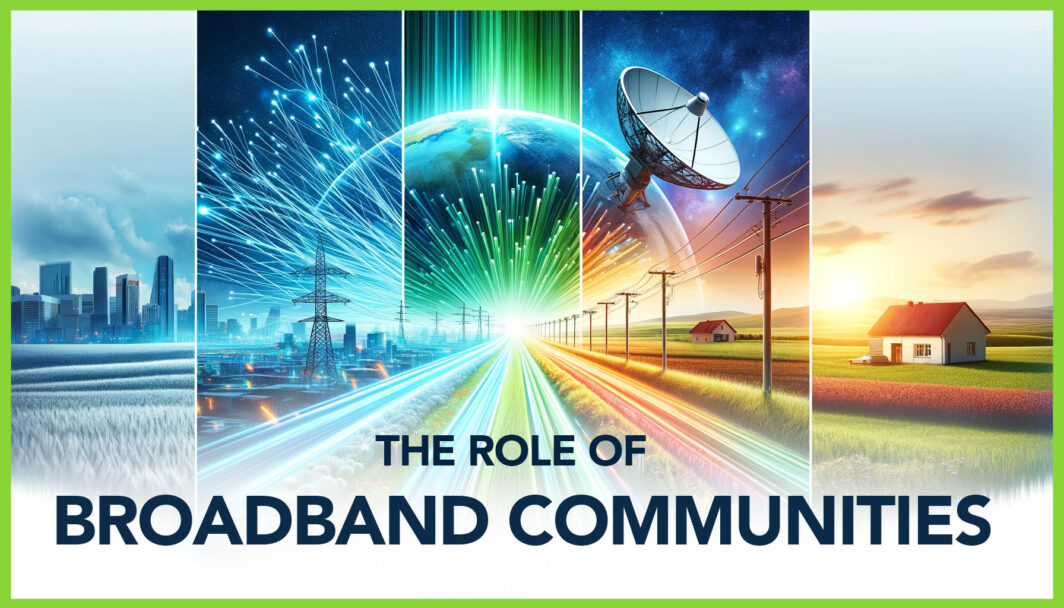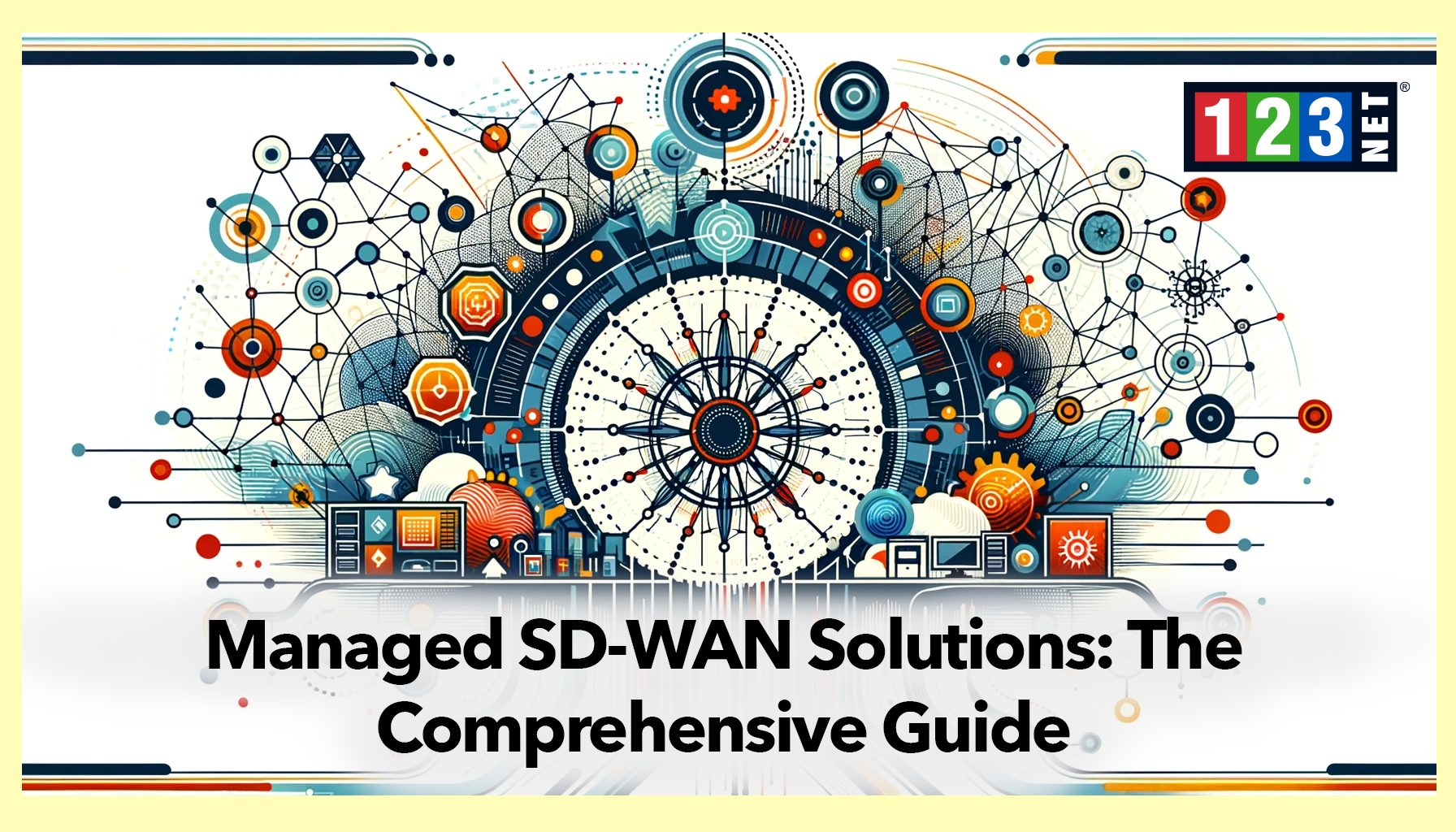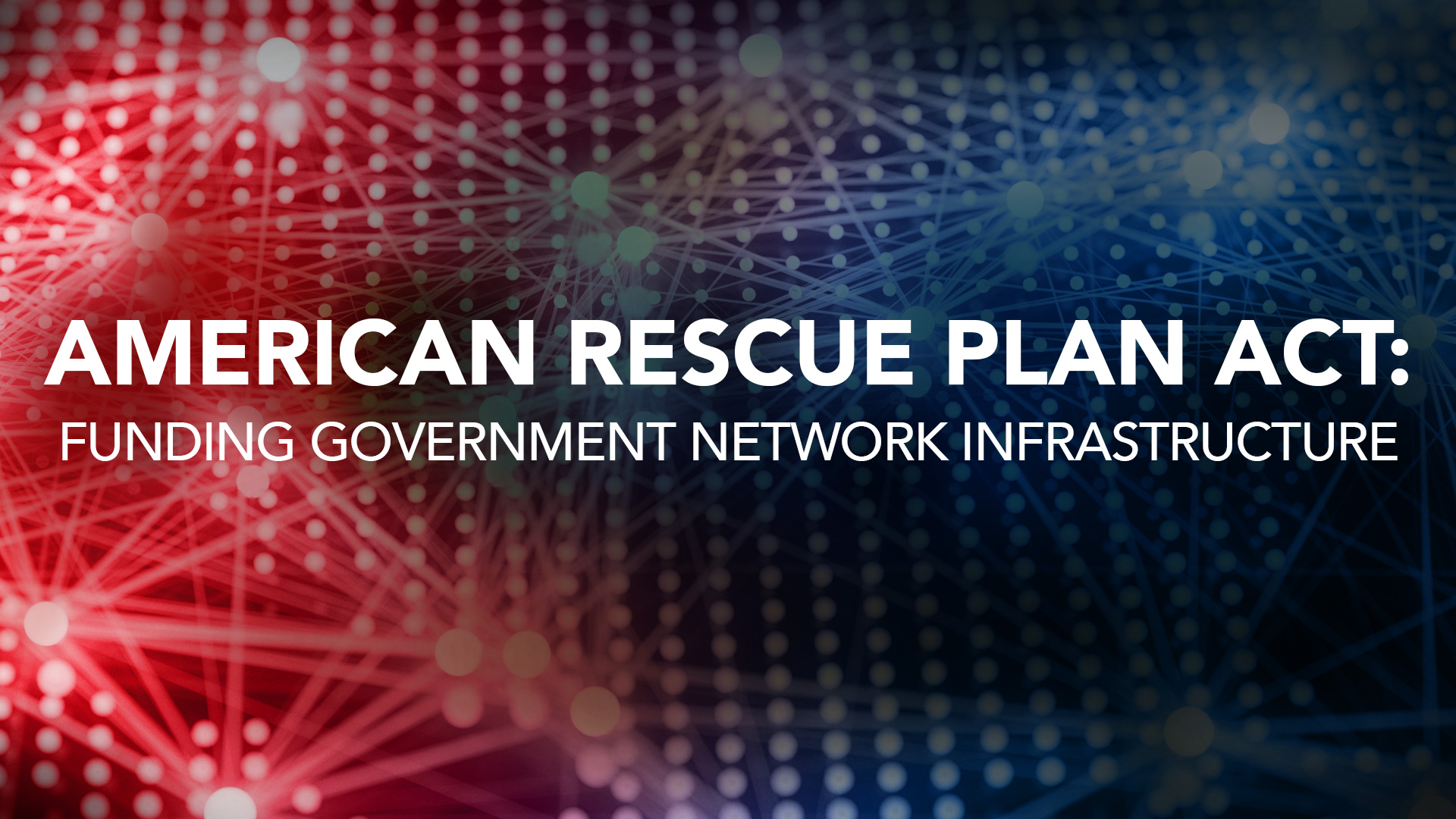
Introduction
In today’s interconnected world, broadband communities represent the nexus of modern technology and local engagement, providing crucial high-speed internet access that propels societal progress. Broadband communities are areas where concerted efforts have been made to enhance network infrastructure, enabling widespread access to fast, reliable internet. This foundation is vital for fostering economic growth, educational opportunities, and enhanced healthcare services through digital platforms.
The Evolution of Broadband Communities
The concept of broadband communities has undergone substantial evolution since the widespread adoption of the internet. Initially considered a luxury available primarily in urban centers, the recognition of broadband as a critical resource has spurred its expansion into rural and underserved areas. Significant milestones in this evolution include the Telecommunications Act of 1996 in the United States. This is aiming at broadening internet access and fostering fair competition. This legislation set the stage for further global initiatives that eventually acknowledged internet access as a fundamental human right. This is integral to social and economic development.
Technological Foundations of Broadband Communities
Broadband communities rely on diverse technological infrastructures to provide robust connectivity tailored to different geographic and economic contexts. Understanding these technologies and their specific benefits is crucial for developing effective broadband strategies.
Fiber-Optic Technology: The Backbone of Modern Connectivity
Fiber-optic technology stands at the forefront due to its unmatched speed and reliability. This technology transmits data as bursts of light through strands of glass or plastic fibers. This is enabling data rates that can exceed 1 Gbps. These characteristics make fiber-optic networks ideal for smart communities. This is where large-scale data transfer and real-time communication are essential for efficient functioning. The high capacity of fiber optics also supports the expanding array of IoT devices and streaming services that require a robust internet backbone.
DSL: Extending Reach with Existing Infrastructure
Digital Subscriber Line (DSL) technology provides a cost-effective broadband solution by utilizing existing telephone lines. This capability is particularly valuable in rural and remote areas, where laying new fiber lines may be prohibitively expensive or logistically challenging. Although DSL speeds are typically lower than fiber-optic systems, they still offer significant improvements over dial-up connections and are sufficient for basic internet usage. Examples are browsing and streaming at moderate qualities.
Satellite Broadband: Connecting the Most Remote Areas
For geographically isolated communities, satellite broadband is often the only viable option. This technology beams internet access directly from satellites orbiting the Earth to a dish installed at the user’s location. While traditionally plagued by higher latency and lower speeds compared to ground-based technologies, recent advancements in satellite internet have significantly improved its performance, making it a more competitive option for rural connectivity.
Economic Impacts of Broadband on Communities
Broadband access is increasingly recognized as a foundational driver of economic growth in modern communities. The deployment of robust broadband infrastructure facilitates various economic benefits that can transform local economies.
Attracting and Supporting Businesses
The presence of high-speed internet is a critical factor for businesses in today’s digital economy. Broadband enables businesses to operate more efficiently and to compete in broader markets. For startups and tech companies, high-speed internet is often a non-negotiable requirement. Thus, communities with advanced broadband networks are more likely to attract new businesses and support the growth of existing ones. This influx and expansion of businesses help in creating more jobs and boosting the local economy.
Enhancing Education and Workforce Skills
Broadband access plays a pivotal role in education by making a wide range of learning materials and online courses accessible to students and lifelong learners. This accessibility is crucial for developing a skilled workforce ready to meet the demands of higher-paying industries that rely heavily on digital tools and data. As education levels and workforce skills improve, communities become attractive locations for high-tech industries and other sectors that offer better-than-average wages.
Increasing Property Values
Improving broadband connectivity is often associated with an increase in property values. Homes and commercial properties in well-connected areas are more desirable, partly because modern lifestyles and work increasingly depend on internet access. This increase in property values can stimulate local real estate markets and generate increased property tax revenues, which can then be reinvested into further community development initiatives.
Social Benefits of Community Broadband
Broadband connectivity is transforming essential societal sectors such as education and healthcare. This is making significant strides towards equalizing opportunities and improving service delivery in communities across various regions.
Revolutionizing Education through Broadband
The integration of broadband into educational systems is pivotal in leveling the playing field across socio-economic divides. Enhanced access to the internet allows for a broader reach of information and educational resources. this is facilitating e-learning opportunities that were once geographically and financially inaccessible to many. Through interactive learning platforms, virtual classrooms, and access to global information repositories, students from all backgrounds can receive a quality education. This not only enriches their learning experience but also prepares a more competent workforce by equipping individuals with necessary digital skills and knowledge.
Transforming Healthcare via Telemedicine
In the realm of healthcare, broadband acts as a critical enabler of telemedicine services. this is particularly vital in rural or remote areas where medical facilities are scarce. High-speed internet allows for real-time video consultations, remote patient monitoring, and easier access to specialist services. These can significantly alter health outcomes. This digital approach not only extends the reach of medical services but also reduces travel times and costs for patients, leading to greater efficiency and patient satisfaction in healthcare delivery.
Bridging the Digital Divide
Addressing digital inclusion is central to leveraging broadband for societal benefits. Ensuring that all community members have access to affordable and reliable internet services is crucial in bridging the digital divide. Digital inclusion initiatives focus on providing the necessary infrastructure, reducing costs, and enhancing digital literacy among populations that are traditionally marginalized. This inclusivity ensures that the benefits of digital resources are universally accessible, fostering a more equitable society.
Challenges and Solutions in Broadband Deployment
Deploying broadband in diverse communities presents several challenges that can hinder progress. These include regulatory complexities and the significant costs associated with infrastructure development. Despite these obstacles, innovative community-led efforts and collaborative models have demonstrated success in facilitating broadband access.
Navigating Regulatory Hurdles
One of the primary challenges in broadband deployment is navigating the myriad of regulatory hurdles that can vary significantly from one jurisdiction to another. These regulations often involve lengthy approval processes, zoning laws, and compliance with both local and national telecommunications standards. They can delay deployment and increase costs. Effective advocacy and engagement with regulatory bodies are crucial for smoothing these processes, allowing for more streamlined project approvals.
Managing High Infrastructure Costs
The high costs associated with laying fiber-optic cables, installing satellite systems, or upgrading existing telecommunications infrastructure can be prohibitive. This is particularly for smaller or under-resourced communities. However, these financial challenges are increasingly being met through inventive funding strategies. Municipal funding, for instance, has been effectively utilize in some regions to subsidize the cost of broadband expansion. Additionally, public-private partnerships have become a cornerstone strategy, pooling resources from both sectors to share financial risks and rewards, thereby enhancing the feasibility of large-scale broadband projects.
Community-Led Initiatives and Cooperative Success
Community-led initiatives and cooperative models have proven particularly effective in overcoming these barriers. By involving local stakeholders and leveraging collective resources, communities can tailor solutions to meet their specific needs. These grassroots movements often foster stronger commitments from participants and lead to more sustainable broadband networks. This is seen in various successful deployments across the globe.
The Future of Broadband Communities
The future of broadband in communities is highly promising, marked by the rapid advancement of emerging technologies such as 5G and the Internet of Things (IoT). These technologies are set to revolutionize connectivity. They are offering faster speeds and more reliable internet services that can support an increasing array of devices and applications.
The Impact of 5G and IoT
5G technology promises to significantly enhance broadband capabilities with its unprecedented data speed and immense network capacity. This next-generation wireless technology is expecting to reduce latency dramatically, improve network reliability, and increase the accessibility of high-speed internet to rural and underserved communities. Similarly, IoT technology integrates physical devices with internet connectivity. This is enabling data sharing and communication across a vast network of interconnected devices. This integration can enhance various community services, from energy management and environmental monitoring to intelligent transportation systems. These all of which contribute to smarter, more efficient urban and rural community living.
Telecommunications Policy and Digital Equity
As these technologies unfold, the development of telecommunications policy must prioritize digital equity. This is to ensure that the benefits of advanced broadband reach all segments of the population. Policies should aim to eliminate the digital divide by making next-generation broadband accessible and affordable across different communities. As well as supporting sustainable growth and ensuring that no community is left behind in the digital era.
Supporting Sustainable Community Growth
The ongoing policy development should not only address accessibility but also focus on how these technologies can sustainably support the wider goals of community development. This includes leveraging broadband to enhance public services, improve healthcare delivery, and expand educational opportunities, thereby fostering an environment where communities can thrive economically and socially.

FAQs Section
- What is a broadband community? A: A broadband community is an area where advanced network infrastructure has been developed to ensure widespread and effective internet access.
- How does broadband affect local economies? A: Broadband stimulates economic development by attracting businesses, supporting education, and increasing property values.
- What are the common challenges faced by broadband communities? A: Key challenges include funding, regulatory hurdles, and ensuring equitable access across all community segments.
Conclusion
Broadband is more than just technology; it is a catalyst for comprehensive community development. To harness its full potential, policymakers, community leaders, and stakeholders must advocate for enhanced digital inclusion and continued investment in network infrastructure. Let us commit to these goals and push forward the agenda of building interconnected, empowered, and sustainable communities.




